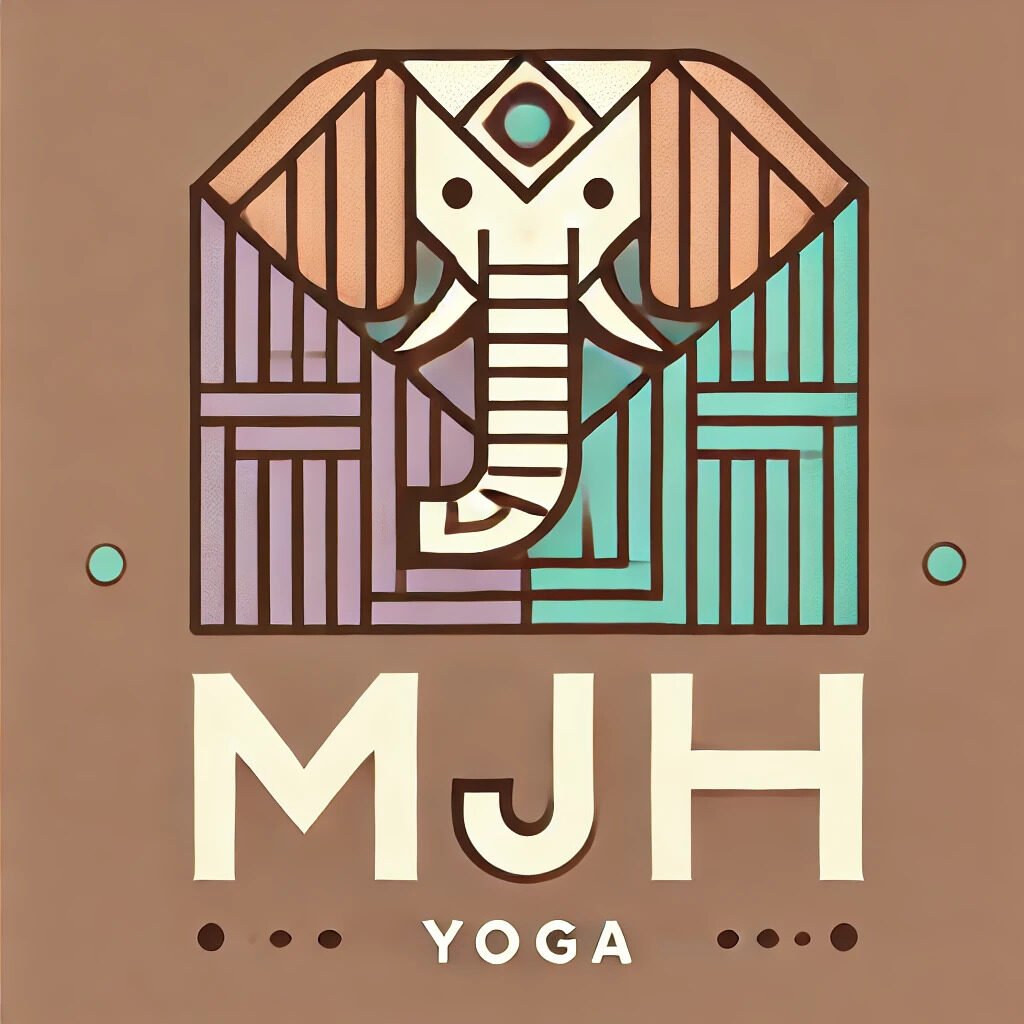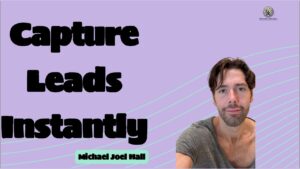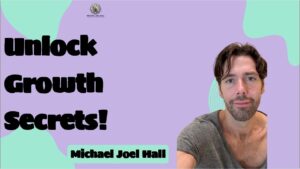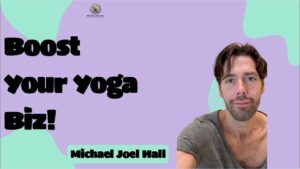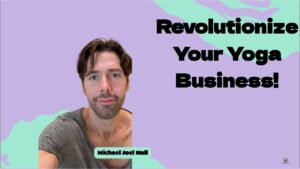Video: Automating Lead Management: The Ultimate Guide
Unlock the secrets to capturing and nurturing leads with ease! 🚀 In today’s competitive market, a well-crafted lead management strategy is key. Learn how to leverage WordPress plugins like Fluent Forms and FluentCRM to automate your process, enhance customer engagement, and optimize your business strategy.
✔️ Set up fluent integrations between your WordPress site and CRM.
✔️ Customize and automate workflows for targeted communication.
✔️ Use client information to create personalized newsletters and offers.
Tapping into these powerful tools will not only save you time but also help you make evidence-based decisions. Start growing your business smarter today!
Don’t miss out on unlocking these transformative strategies – watch now! #LeadManagement #WordPress #Automation
